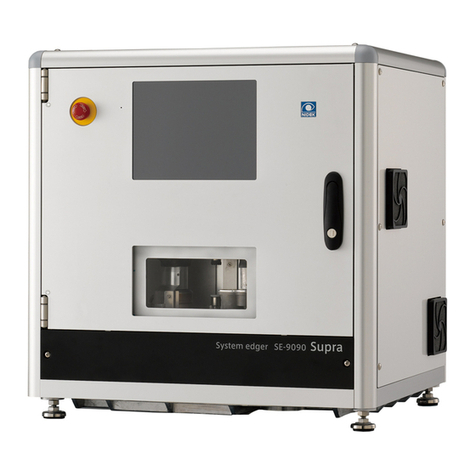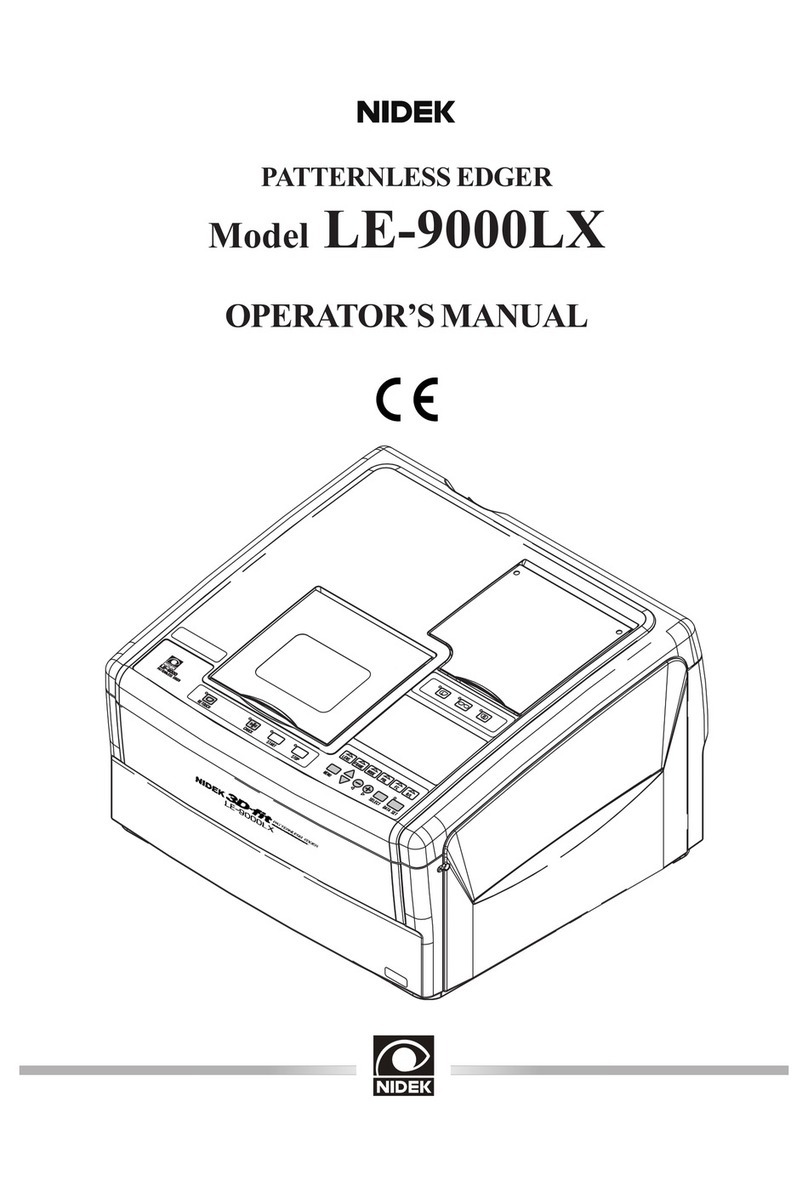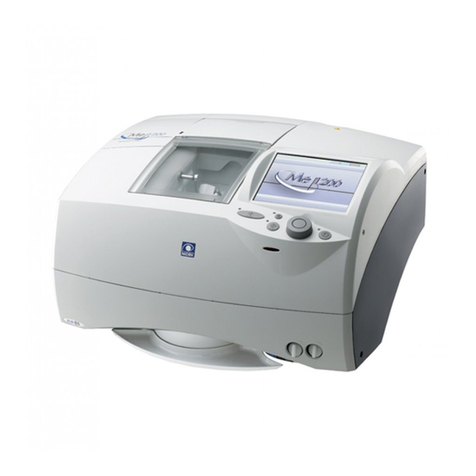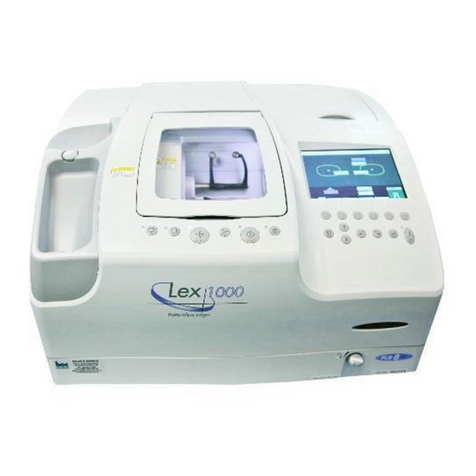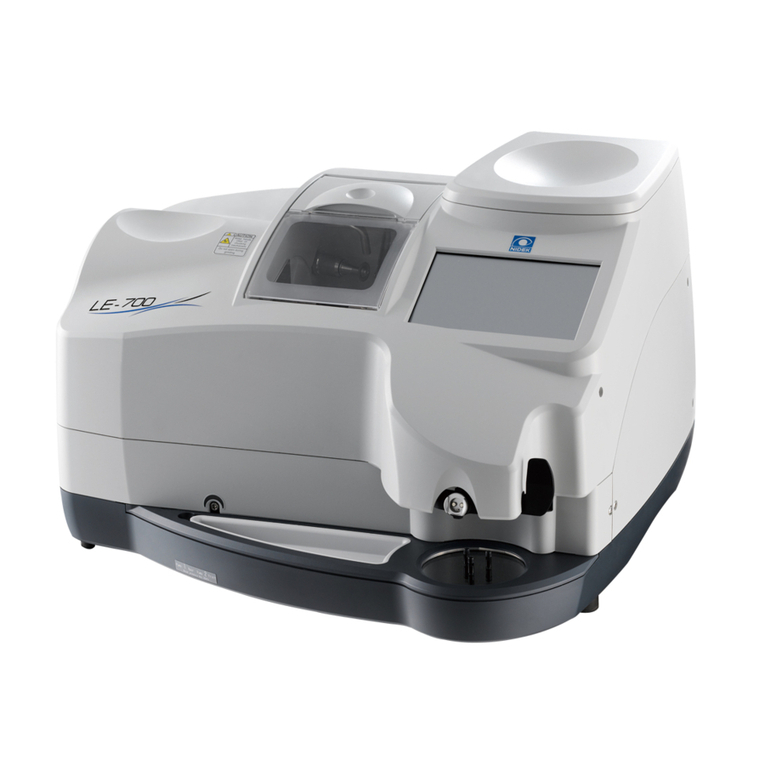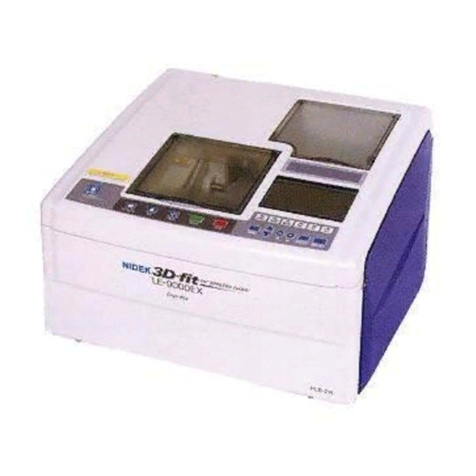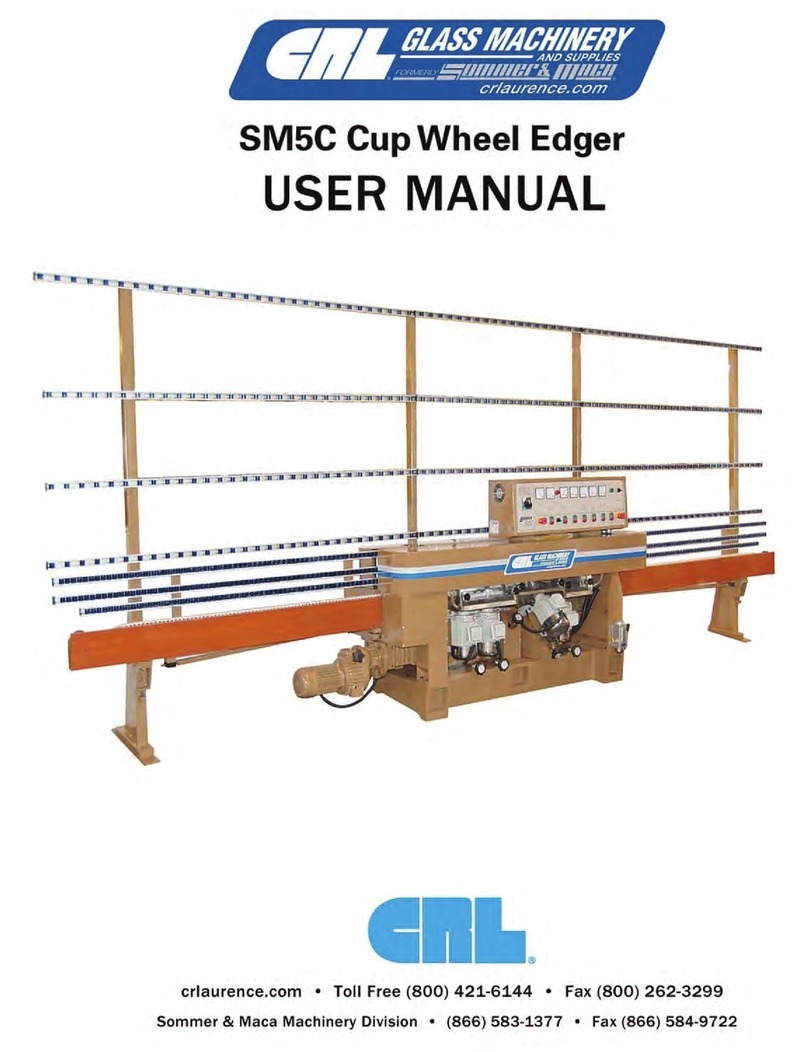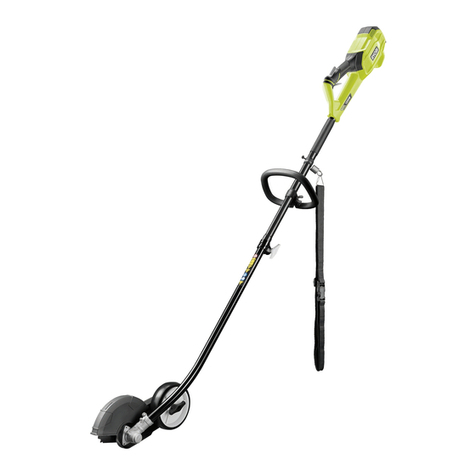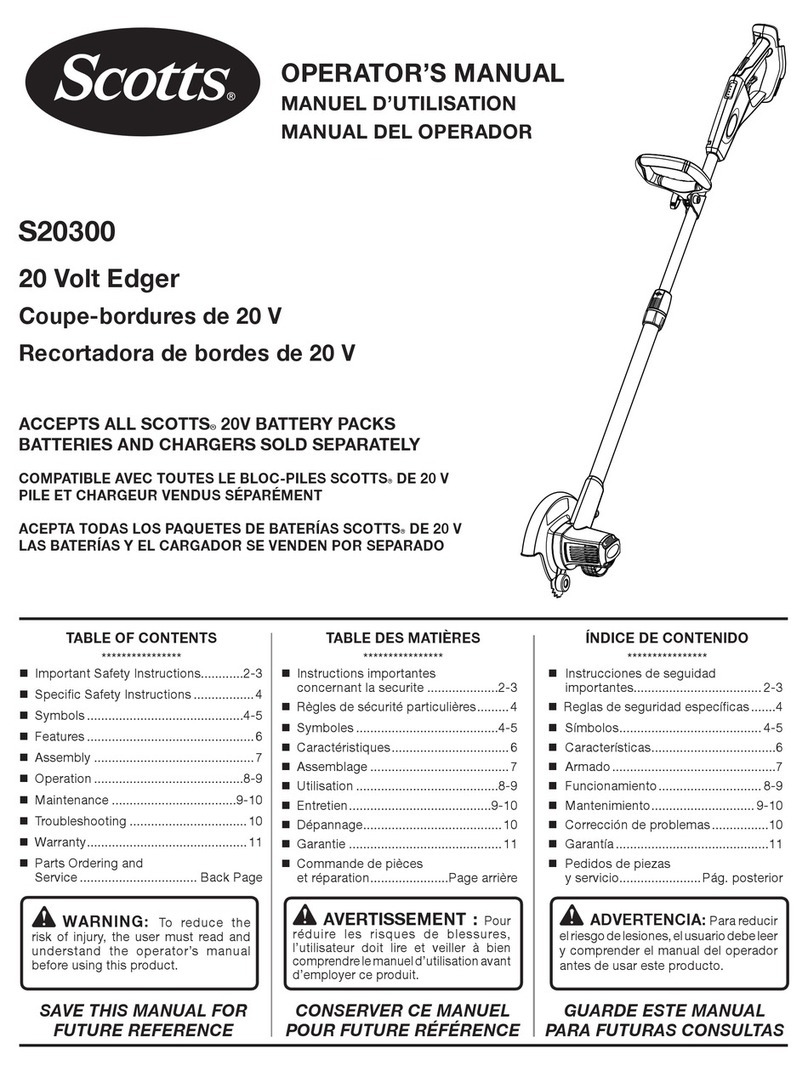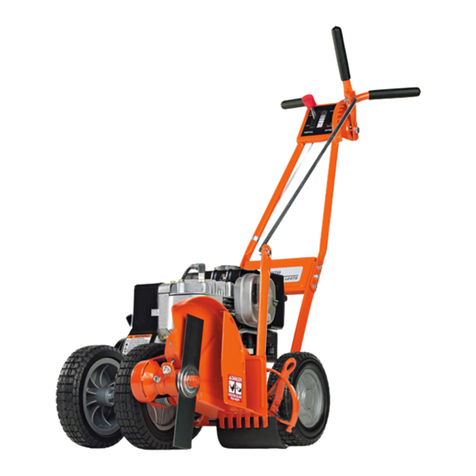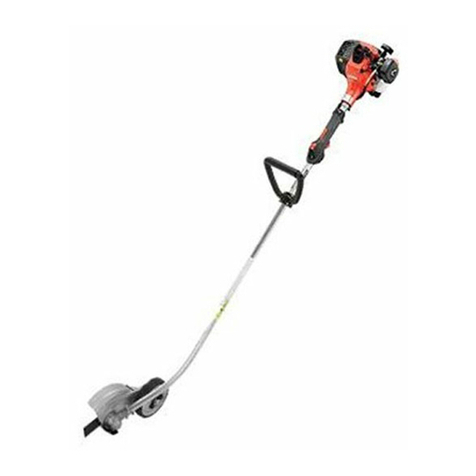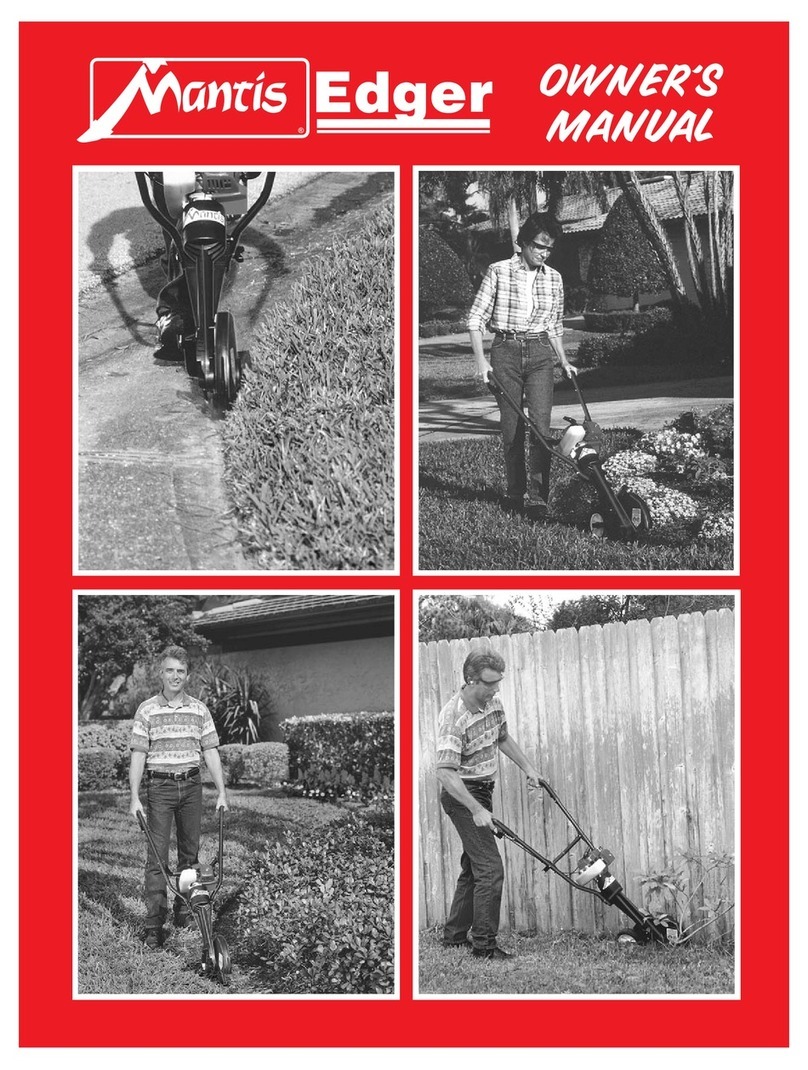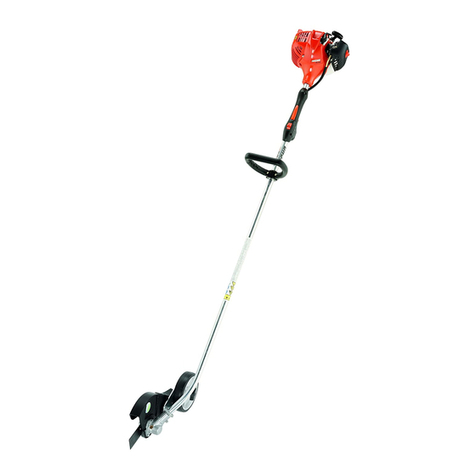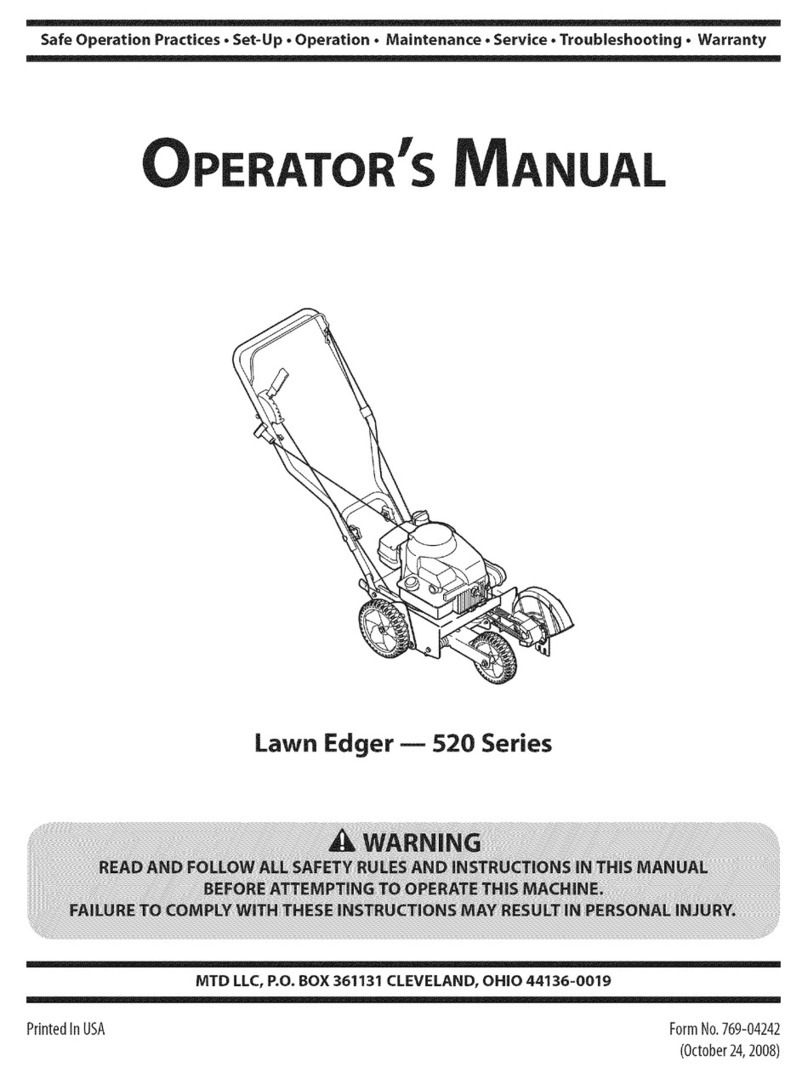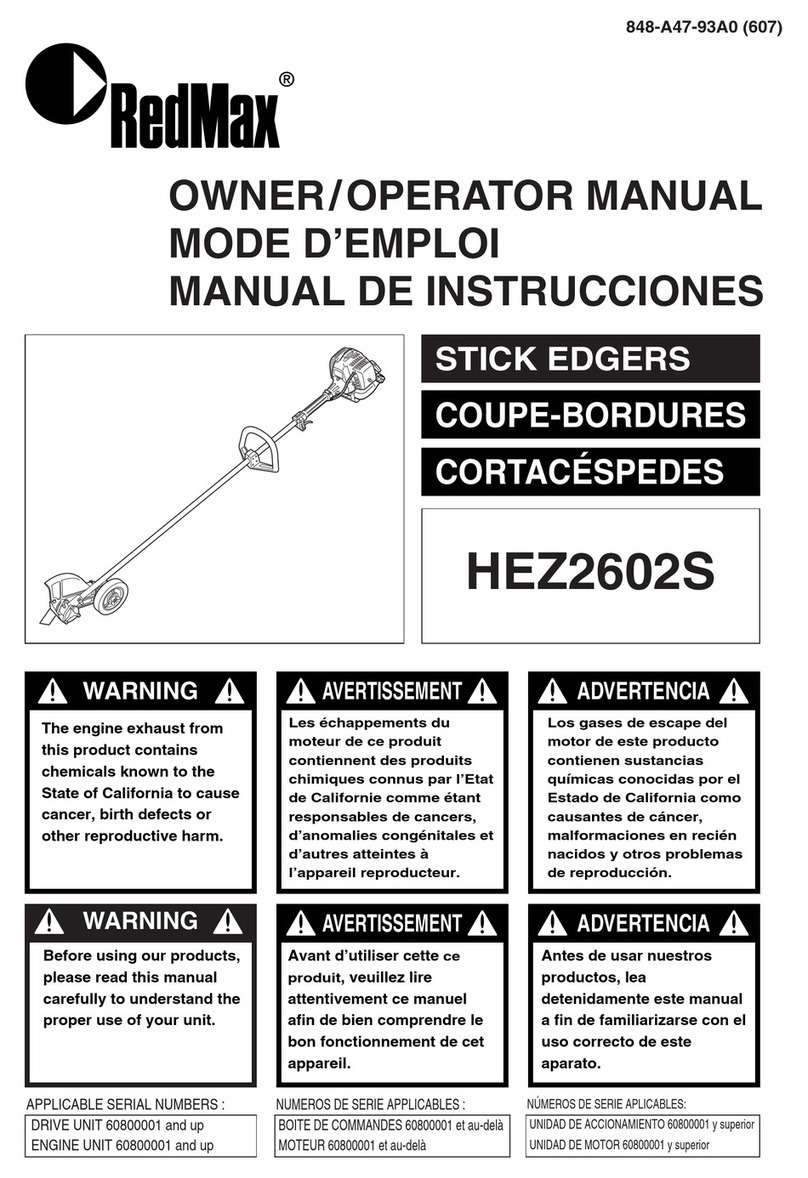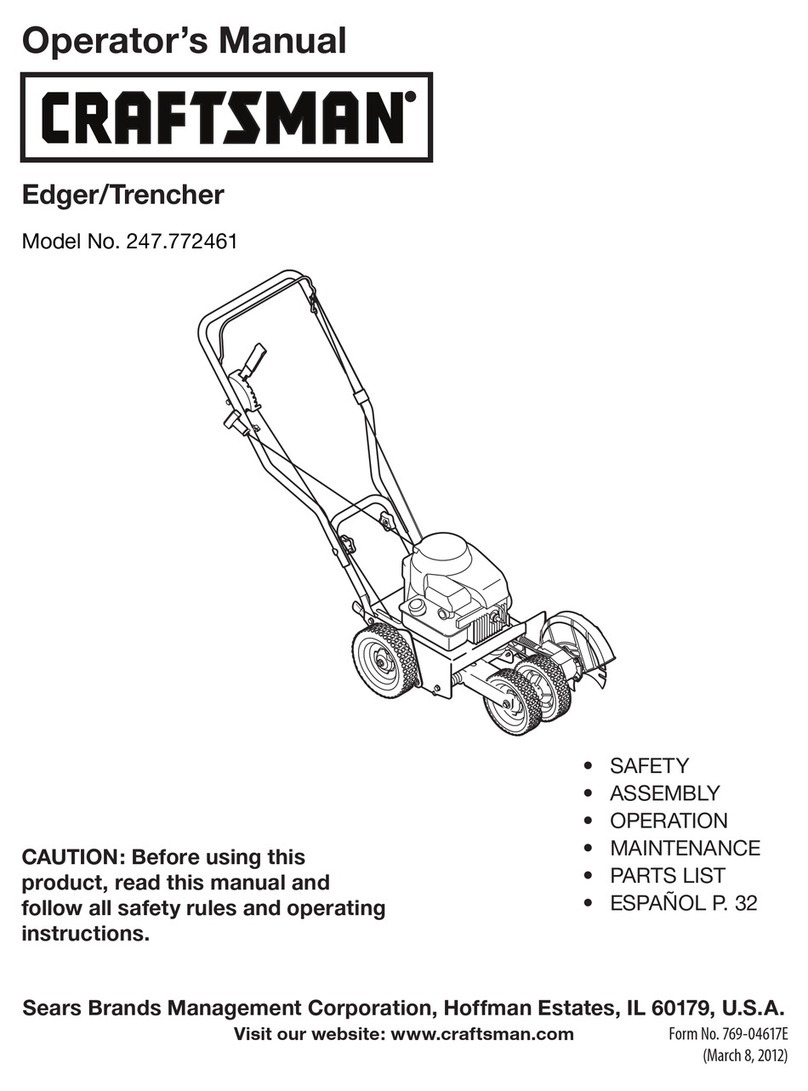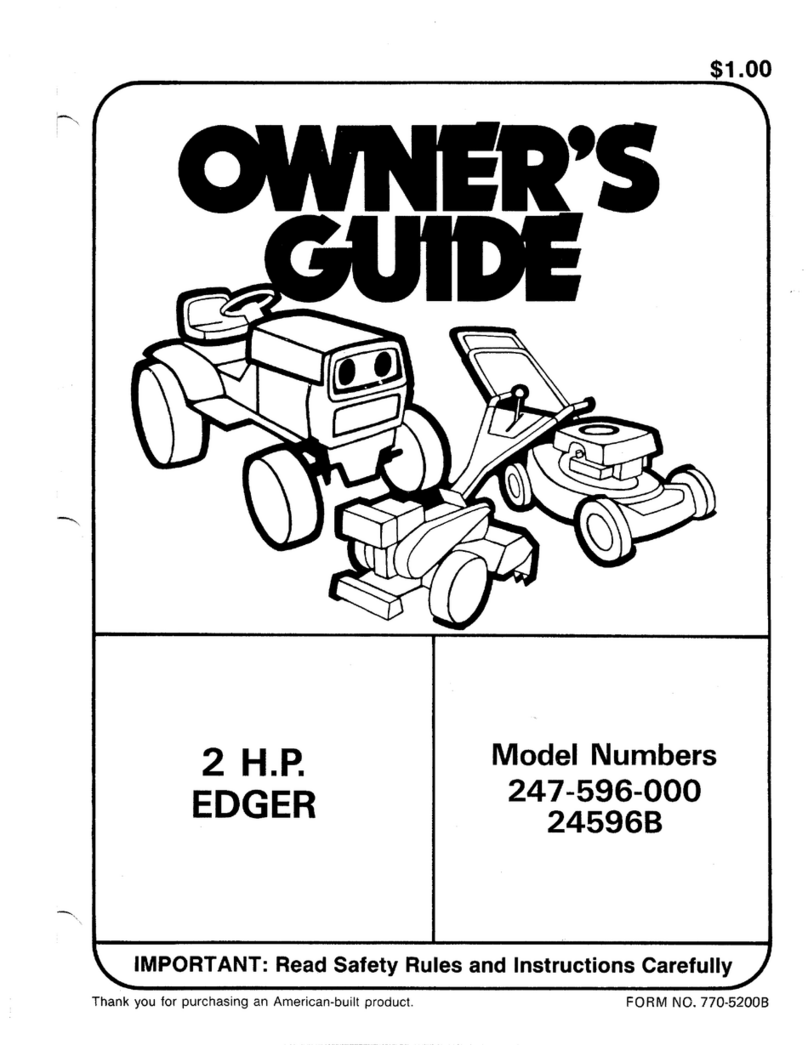
III
:
3.3.1 Pattern tracing
- - - - - - - - - - - - - - - - - - - - - - - - - - - - - - - - - - - - - - - - - - - - - 55
3.3.2 Demo lens tracing
- - - - - - - - - - - - - - - - - - - - - - - - - - - - - - - - - - - - - - - - - - 57
3.4 Loading Shape Data
- - - - - - - - - - - - - - - - - - - - - - - - - - - - - - - - - - - - - - - - - - - 59
3.4.1 Loading data from the internal memory
- - - - - - - - - - - - - - - - - - - - - - - - - - - - 59
3.4.2 Loading data from the server
- - - - - - - - - - - - - - - - - - - - - - - - - - - - - - - - - - - 60
3.4.3 Loading data from a tracer
- - - - - - - - - - - - - - - - - - - - - - - - - - - - - - - - - - - - - 61
3.5 Saving or Deleting Shape Data
- - - - - - - - - - - - - - - - - - - - - - - - - - - - - - - - - - - 62
3.5.1 Saving shape data in the internal memory
- - - - - - - - - - - - - - - - - - - - - - - - - - 62
3.5.2 Sending shape data to the server
- - - - - - - - - - - - - - - - - - - - - - - - - - - - - - - - 64
3.5.3 Deleting data
- - - - - - - - - - - - - - - - - - - - - - - - - - - - - - - - - - - - - - - - - - - - - - 65
3.5.4 Backing up shape data to the optional USB flash drive
- - - - - - - - - - - - - - - - - - 67
3.5.5 Restoring shape data from the optional USB flash drive
- - - - - - - - - - - - - - - - - 68
3.6 Frame Data Confirmation Screen Entry
- - - - - - - - - - - - - - - - - - - - - - - - - - - - - 71
3.7 Processing Conditions Entry
- - - - - - - - - - - - - - - - - - - - - - - - - - - - - - - - - - - - - 72
3.8 Layout Entry
- - - - - - - - - - - - - - - - - - - - - - - - - - - - - - - - - - - - - - - - - - - - - - - - - - 75
3.8.1 Entering layout data for single vision lenses
- - - - - - - - - - - - - - - - - - - - - - - - - 75
3.8.2 Entering layout data for bifocal lenses
- - - - - - - - - - - - - - - - - - - - - - - - - - - - - 79
3.8.3 Entering layout data for progressive power lenses
- - - - - - - - - - - - - - - - - - - - - 81
3.8.4 Entering layout data for Ex lenses
- - - - - - - - - - - - - - - - - - - - - - - - - - - - - - - - 82
3.9 Shape Change
- - - - - - - - - - - - - - - - - - - - - - - - - - - - - - - - - - - - - - - - - - - - - - - - 84
3.10 WD or EP Entry
- - - - - - - - - - - - - - - - - - - - - - - - - - - - - - - - - - - - - - - - - - - - - - - 85
3.11 Initial Screen Customize Function
- - - - - - - - - - - - - - - - - - - - - - - - - - - - - - - - - 87
3.12 Lens Blocking
- - - - - - - - - - - - - - - - - - - - - - - - - - - - - - - - - - - - - - - - - - - - - - - - - 89
3.13 Beveling
- - - - - - - - - - - - - - - - - - - - - - - - - - - - - - - - - - - - - - - - - - - - - - - - - - - - - 95
3.13.1 Auto beveling
- - - - - - - - - - - - - - - - - - - - - - - - - - - - - - - - - - - - - - - - - - - - - 95
3.13.2 Guided beveling
- - - - - - - - - - - - - - - - - - - - - - - - - - - - - - - - - - - - - - - - - - - - 98
3.13.3 Ex lens processing (beveling)
- - - - - - - - - - - - - - - - - - - - - - - - - - - - - - - - - - 104
3.14 Flat Edging
- - - - - - - - - - - - - - - - - - - - - - - - - - - - - - - - - - - - - - - - - - - - - - - - - - 106
3.15 Grooving
- - - - - - - - - - - - - - - - - - - - - - - - - - - - - - - - - - - - - - - - - - - - - - - - - - - 108
3.15.1 Auto grooving mode
- - - - - - - - - - - - - - - - - - - - - - - - - - - - - - - - - - - - - - - - 108
3.15.2 Guided grooving mode
- - - - - - - - - - - - - - - - - - - - - - - - - - - - - - - - - - - - - - 110
3.15.3 Ex lens processing (grooving)
- - - - - - - - - - - - - - - - - - - - - - - - - - - - - - - - - 116
3.16 Size Check and Retouching
- - - - - - - - - - - - - - - - - - - - - - - - - - - - - - - - - - - - - 118
3.16.1 Size check
- - - - - - - - - - - - - - - - - - - - - - - - - - - - - - - - - - - - - - - - - - - - - - 118
3.16.2 Retouching
- - - - - - - - - - - - - - - - - - - - - - - - - - - - - - - - - - - - - - - - - - - - - - 119
3.17 Opposite Lens Processing
- - - - - - - - - - - - - - - - - - - - - - - - - - - - - - - - - - - - - - 121
3.18 Other Processing
- - - - - - - - - - - - - - - - - - - - - - - - - - - - - - - - - - - - - - - - - - - - - 122
3.18.1 Frame changing
- - - - - - - - - - - - - - - - - - - - - - - - - - - - - - - - - - - - - - - - - - - 122
3.18.2 Tilting
- - - - - - - - - - - - - - - - - - - - - - - - - - - - - - - - - - - - - - - - - - - - - - - - - - 123
3.19 Editing the Next Shape during Processing
- - - - - - - - - - - - - - - - - - - - - - - - - - 126
3.20 Removing the Lens Cup
- - - - - - - - - - - - - - - - - - - - - - - - - - - - - - - - - - - - - - - - 128
